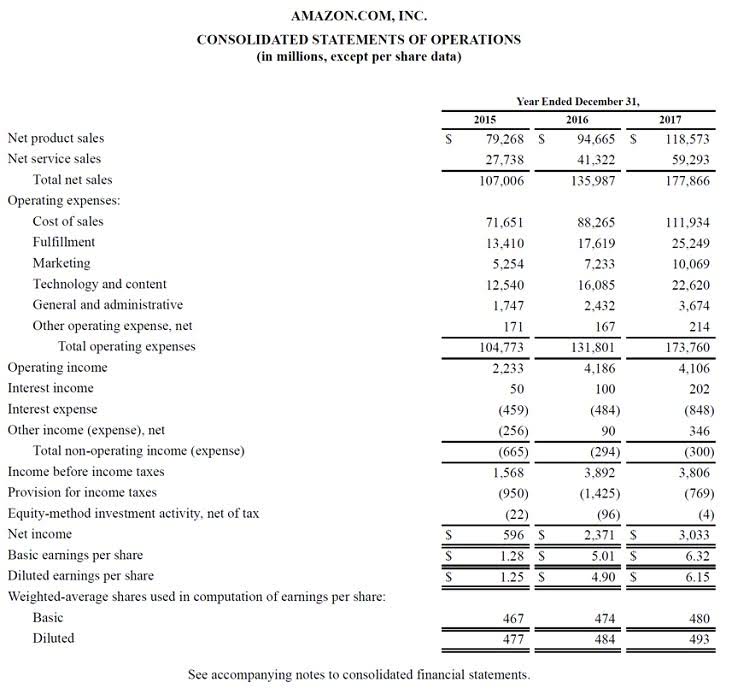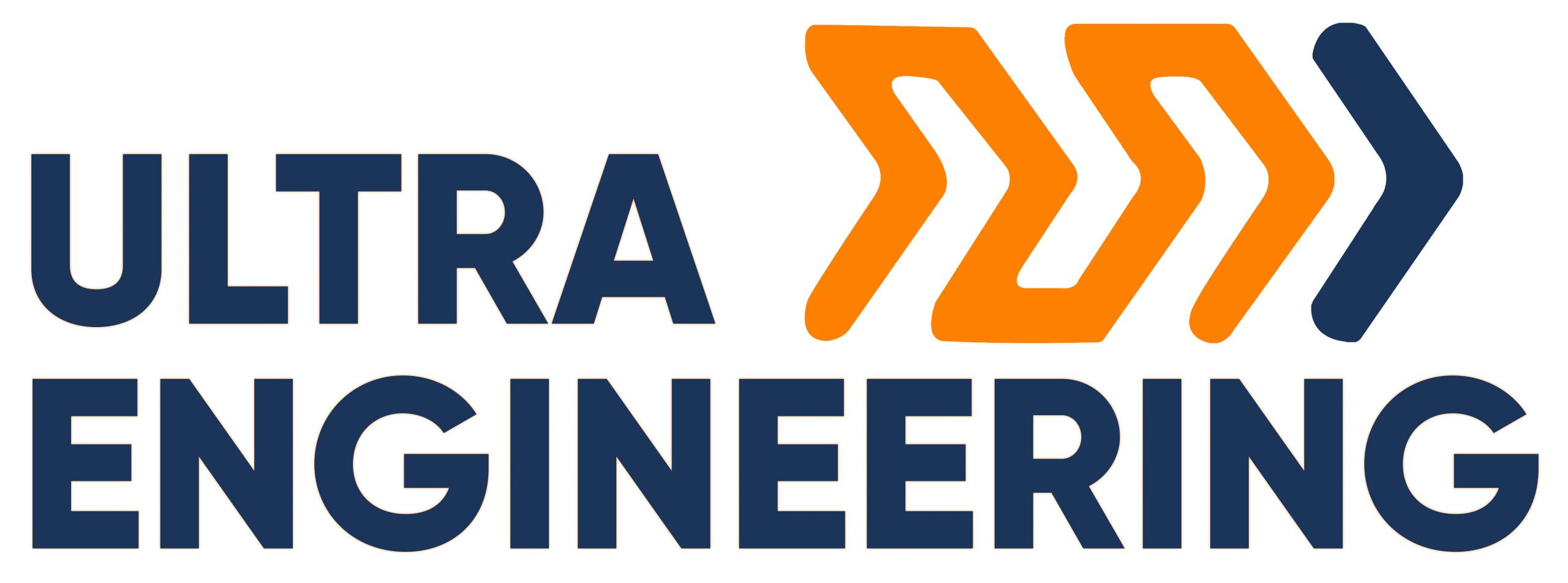
Payroll activities involve the financial management of wages paid to workers along with withholding and taxes. Now, imagine that a business receives a $500 invoice for office supplies. It records a $500 credit in the accounts payable field and a $500 debit to office supply expense when the AP department receives the invoice. Anyone who looks at the balance in the accounts payable category will see the total amount that the business owes all of its vendors and short-term lenders. Current liabilities are debts that are paid in 12 months or less, and consist mainly of monthly operating https://ceramikarys.pl/?p=9983 debts. Examples of current liabilities may include accounts payable and customer deposits.
Timing Differences in Determining Income Taxes for Financial Reporting
They provide management, analysts, and investors with a window into a company’s financial health and well-being. Both are liabilities that businesses incur during their normal course of operations, but they’re inherently different. Accrued expenses are liabilities that build up over time and are due to be paid. Accounts payable are current liabilities that will be paid in the near future. These liabilities are paid with current assets, which include cash, accounts receivable, liquid assets, etc. Remember, debts (maturing within 1 year or less) will also come under current liabilities.
Implications of Differences between GAAP and Tax Laws for Financial Statements

Also known as the Profit and Loss report, this report subtracts expenses from revenue to determine the net profit of a business. There are times when company owners must invest their own money into the company. Equity may be in assets such as buildings and equipment, or cash. Having a good understanding of the account types is necessary for anyone creating accounts, posting transactions and journal entries, or reading financial reports.
How Do You Calculate a Company’s Accounts Payable Turnover Ratio?
This section explores how differences in reporting between GAAP and tax laws affect income tax payable and income tax expense. Investors and financial analysts use income tax payable and expense data to assess a company’s financial health, performance, cash flows, and future earnings potential. These metrics can impact investment decisions, valuation models, and overall portfolio management strategies. By understanding the differences in reporting, investors can make more informed decisions when analyzing financial statements. In summary, while both expenses and liabilities involve the outflow of resources, they are fundamentally different in terms of their nature, timing, and impact on financial statements. Expenses are directly tied to daily operations and affect profitability within a specific period, whereas liabilities are long-term financial obligations that reflect a company’s debts.
Additional Resources
In small business accounting, liabilities are existing debts that your business owes to another business, organization, vendor, employee, or government agency. Different types of liabilities are listed under each category, in order from shortest to longest term. Accounts payable would be a line item under current liabilities while a mortgage payable would be listed under long-term liabilities. Although there is no legal or prescribed time limit, money owed must be paid within a short time—usually within 30, 45, or 60 days. Some companies may offer newer customers a shorter time to pay (or ask for immediate payment) for goods and services while others may offer better customers more time to pay.
This article clarifies these concepts, providing a foundation for accurate financial information. At the end of the accounting period, the company needs to accrue salary expenses on the income statement. The journal entry is debiting salary expense $ 50,000 and Outsource Invoicing credit salary payable $ 50,000. The distinction between these two accounts is important to understand when accounting for employee payments. The salary expense will reflect the cost of labor to the business, while the salary payable represents both current obligations and future wages.

Another example is unearned revenue, where a customer pays in advance for services or goods that will be delivered in the future. A liability is an obligation of a company that results in the company’s future sacrifices of economic benefits to other entities or businesses. A liability, like debt, can be an alternative to equity as a source of a company’s financing. Moreover, some liabilities, such as accounts payable or income taxes payable, are essential parts of day-to-day business operations.
- While this can provide immediate relief for cash flow situations, this practice should not be abused as there will be a problem if company keeps delaying the salary.
- While liabilities represent what a company owes, assets represent what it owns or controls, which provides economic value.
- Current liabilities are usually paid with current assets; i.e. the money in the company’s checking account.
- A 15-year mortgage is a long-term liability, but payments due this year are current liabilities.
- This entry records the estimated expense and creates a liability (accrued expense) for the amount the company expects to pay.
- Manual tracking across disconnected tools leads to missed liabilities, late payments, and distorted ratios.
Time Value of Money
- Under accrual, the $4k expense is booked in February—when the campaign runs—and the liability appears immediately.
- Review your balance sheet each month, and use the analytical tools to assess the financial position of your small business.
- Understanding your expenses is essential because they reduce your net income.
- Having a good understanding of the account types is necessary for anyone creating accounts, posting transactions and journal entries, or reading financial reports.
Taxes payable track sales, payroll, or income taxes due within the year. Changes in Depreciation Methods and Timing of Tax DeductionsAnother significant change that affects income tax reporting is the alterations difference between expense and liability in depreciation methods and timing of deductions. In 2017, the TCJA introduced new accounting rules like the Anchor Method under the Financial Instruments – Overall (Subtopic 825) and the Revenue Recognition Standard (ASC 606). These changes have led to variations between GAAP-reported income tax expense and the tax amounts reported on tax returns.
On the other hand, strategic use of liabilities can foster growth. For example, companies may take out loans to invest in profitable ventures, such as expanding into new markets or launching new products. If these ventures succeed, the liabilities will be more than offset by the increased revenues. Debts are usually placed on the liability side of the balance sheet.

Proper classification is important for assessing a company’s short-term financial health. Accounts payable refers to any current liabilities that are incurred by companies. Examples include purchases made from vendors on credit, subscriptions, or installment payments for services or products that haven’t been received yet.
